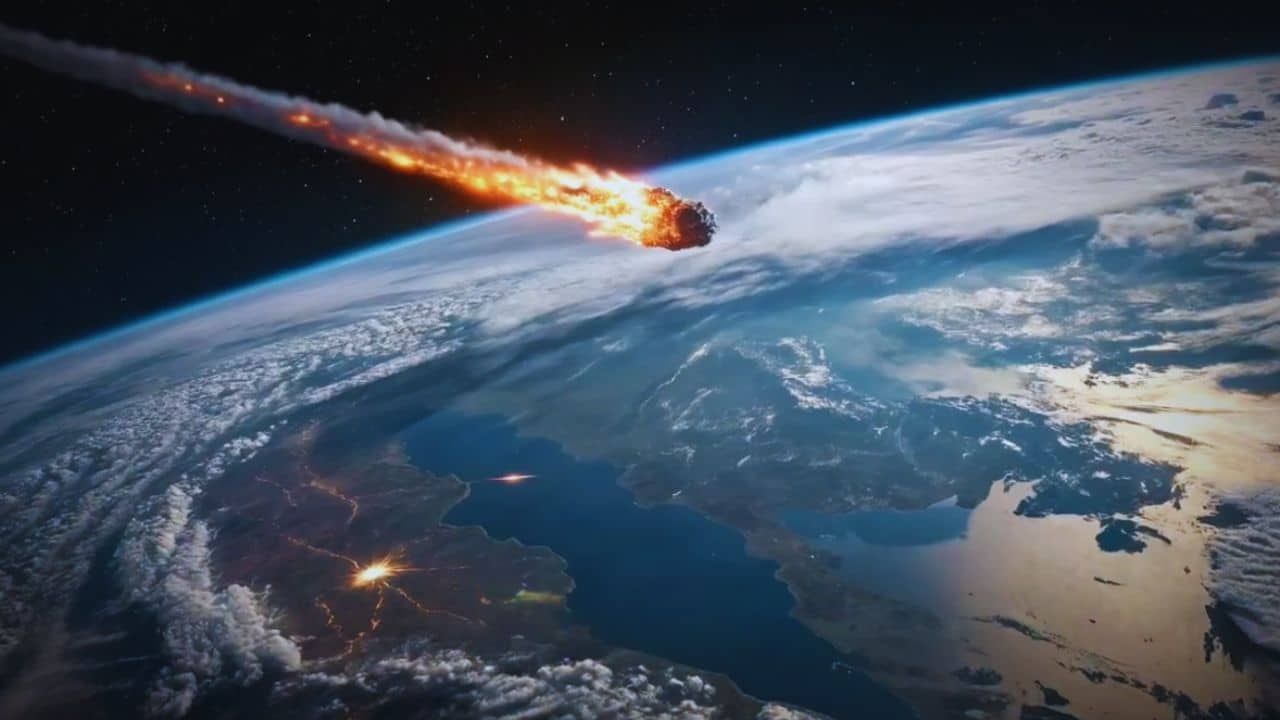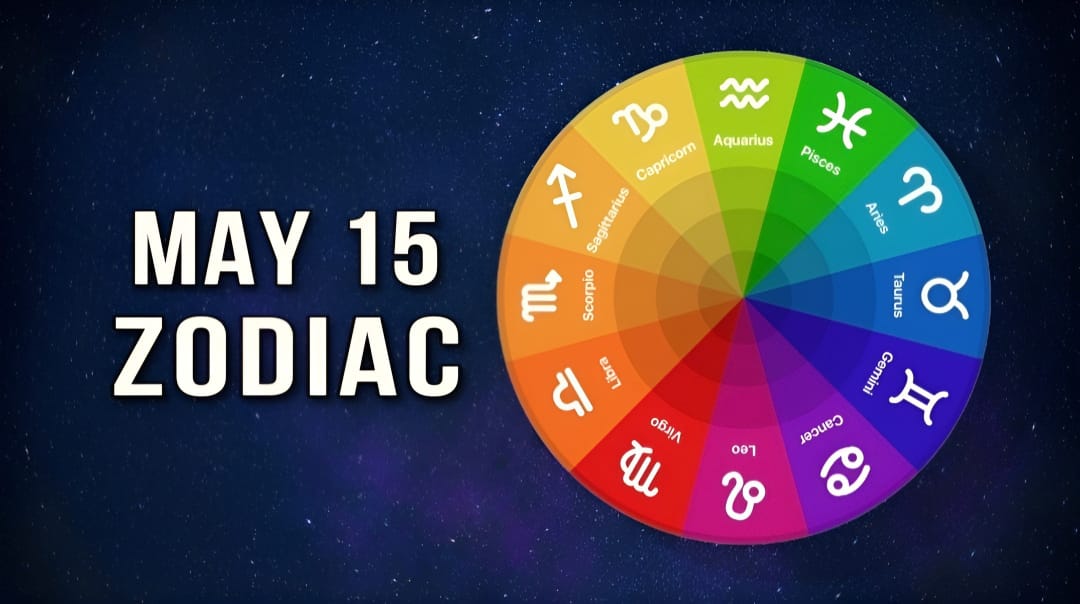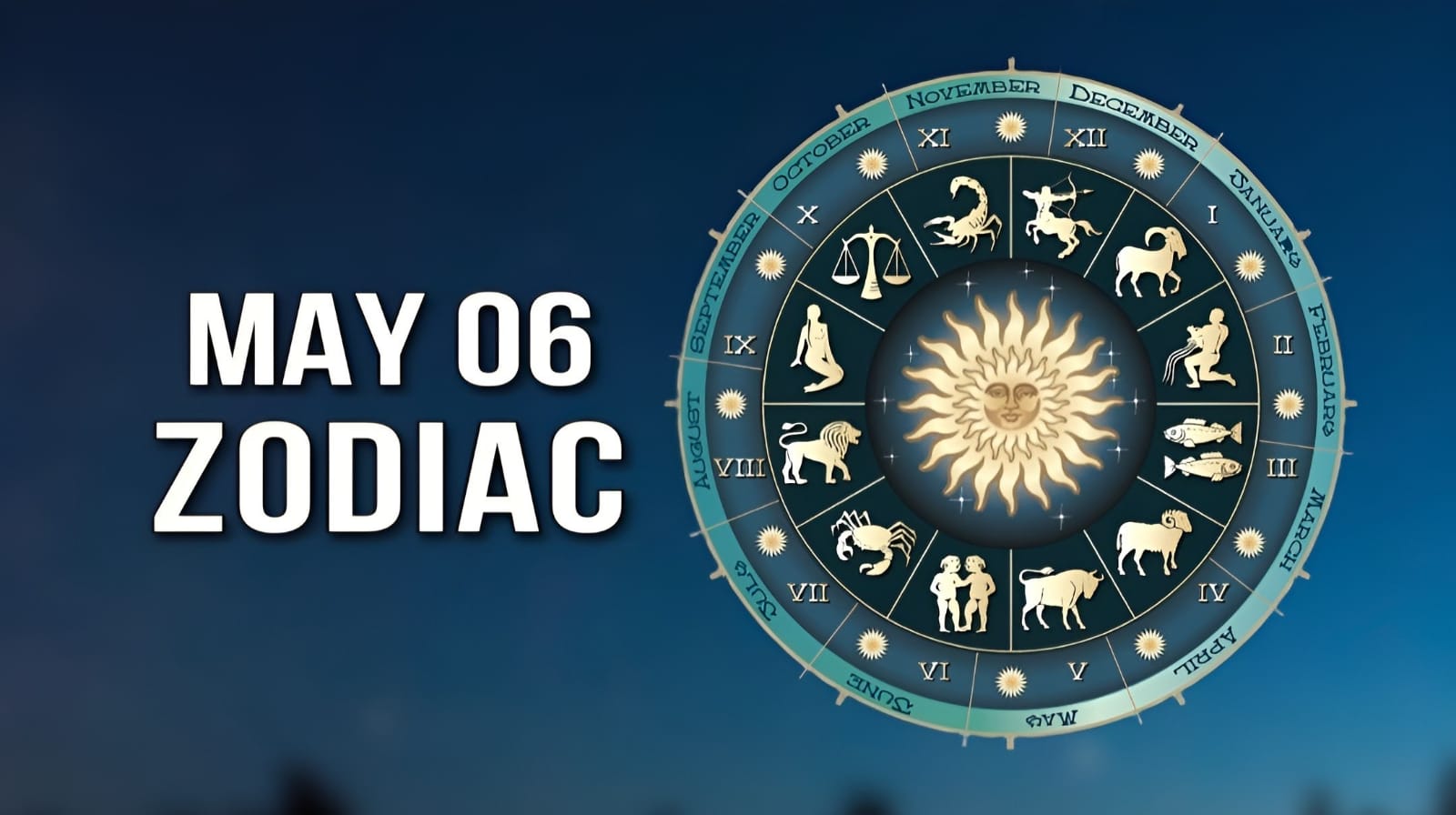NASA is making urgent preparations to deal with a potentially catastrophic asteroid, named Asteroid 2024 YR4, which has a 2.3% chance of colliding with Earth in 2032. This alarming development has pushed space agencies worldwide into action as they work to assess the potential risk.
Discovered in December 2024, the asteroid has quickly become the top priority on NASA’s watchlist. Measuring approximately 300 feet (90 meters) wide, the space rock is comparable in size to landmarks like the Statue of Liberty or Big Ben.
Potential Impact Compared to Historic Disasters
If YR4 were to strike Earth, scientists estimate its impact would be similar to the Tunguska event of 1908, when an asteroid flattened 830 square miles (2,150 square kilometers) of Siberian forest. Such a collision could cause widespread devastation, especially if it hits a populated area.
Early predictions suggest that the asteroid’s explosion could release 15 megatons of TNT, which is about 100 times more powerful than the atomic bomb dropped on Hiroshima in World War II. However, scientists caution that more precise measurements are needed to determine the true threat level.
NASA and ESA Deploy Advanced Technology
To get a more accurate assessment, NASA has enlisted the help of the James Webb Space Telescope (JWST). This powerful observatory, located 1 million miles (1.5 million km) from Earth, will study the asteroid’s infrared radiation to estimate its exact size and composition.
Scientists typically measure asteroid sizes by analyzing the light reflected from their surface. However, Earth’s atmosphere can distort these measurements, leading to possible inaccuracies. By using JWST’s infrared sensors, experts hope to overcome this challenge and gather crucial data.
An ESA (European Space Agency) spokesperson emphasized the importance of these observations, stating:
Knowing the asteroid’s orbit tells us if it could impact Earth, but understanding its exact size helps us assess how significant that impact would be.
Even a small variation in size could mean the difference between a localized explosion and a global disaster.
Emergency Response Planning Underway
The first round of James Webb Telescope observations will take place in March 2025, when the asteroid is at its brightest. A second observation will occur later in the year before YR4 moves out of view until 2028.
These measurements will help NASA, ESA, and other planetary defense organizations decide if action is needed. In the worst-case scenario, they may explore asteroid deflection techniques, such as:
- Kinetic impactors – crashing a spacecraft into the asteroid to alter its course.
- Gravity tractors – using a spacecraft’s gravitational pull to shift the asteroid’s trajectory.
- Nuclear explosions – a last-resort method to break up or redirect the asteroid.
The Race Against Time
As the countdown to 2032 continues, astronomers worldwide are working tirelessly to track YR4’s path and refine impact predictions. If the asteroid is confirmed to pose a severe threat, Earth’s planetary defense systems may face one of their greatest challenges yet.
For now, all eyes remain on NASA’s upcoming observations, which will determine the next course of action in humanity’s defense against this “city-killer” asteroid.
The Information is Collected from The Mirror and MSN.






































